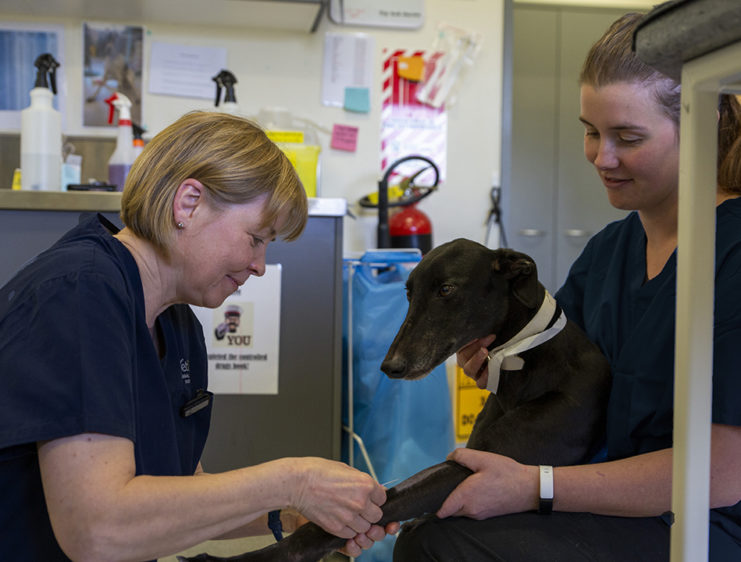
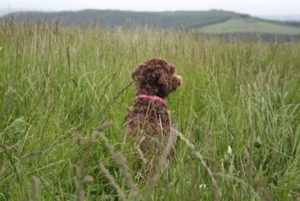
Management of the Light Ewe
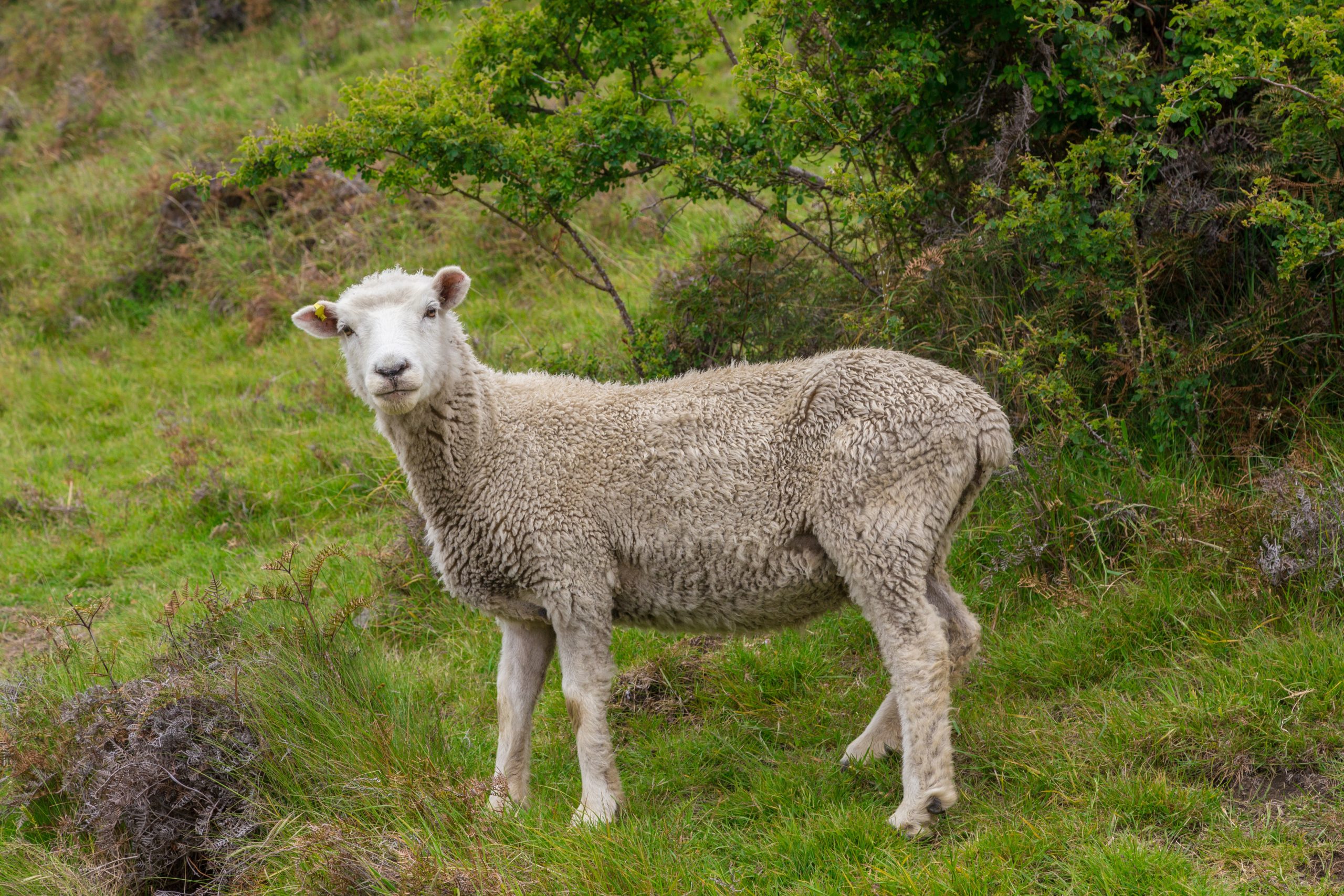
As Autumn is in full swing and we head towards winter, the opportunity to put weight on ewes with pasture alone is declining – if it was there at all recently. Off the back of drought conditions and a subsequent lack of feed, there are some lighter ewes around the countryside, but, if managed correctly, […]
READ MORE

Can Vaccine Use Reduce Antibiotic Use in Animals?
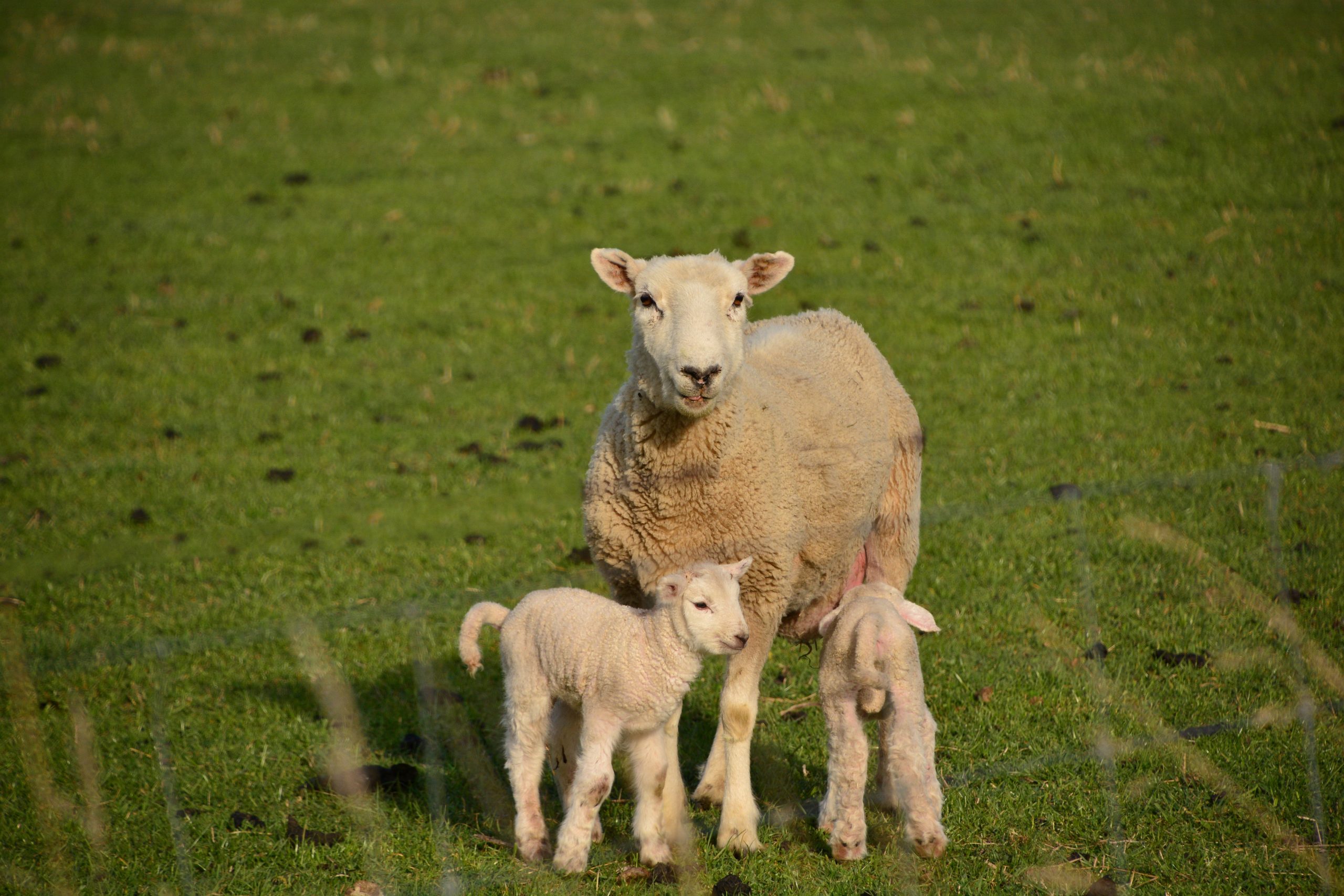
The New Zealand Veterinary Association (NZVA) has as its goal that, by 2030, New Zealand will not need antibiotics for the maintenance of animal health and wellness. One may ask just how will this be achievable? Antibiotics have revolutionised the health and well-being of both humans and animals during the 20th century. But 96 years […]
READ MORE

Maximising On-farm Efficiency
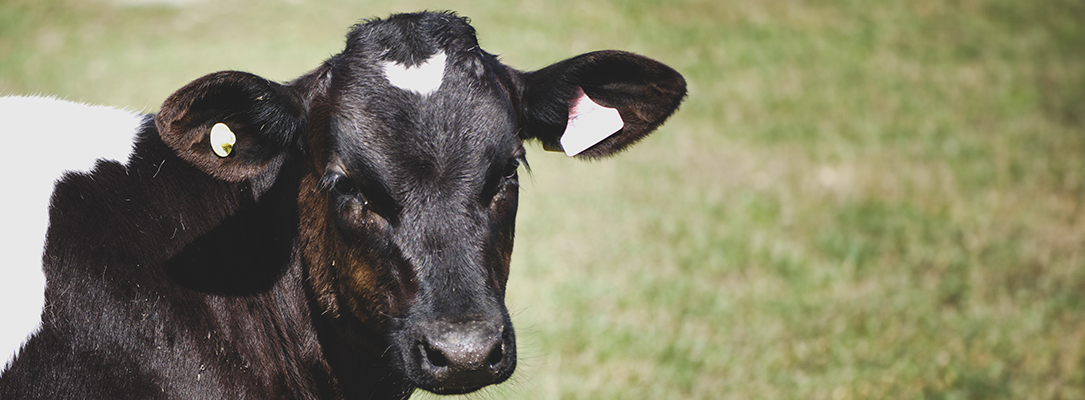
When my 10-year-old finished watching BBC’s ‘Newsround’ last week, I asked him “what was in the news today?”. I was surprised, expecting to hear about the Gaza conflict, when he answered “oh, they were talking about NZ sheep and how they cause global warming”. The role sustainability plays Perhaps I should not have been surprised, […]
READ MORE

Sheep Pain Relief Best Practice
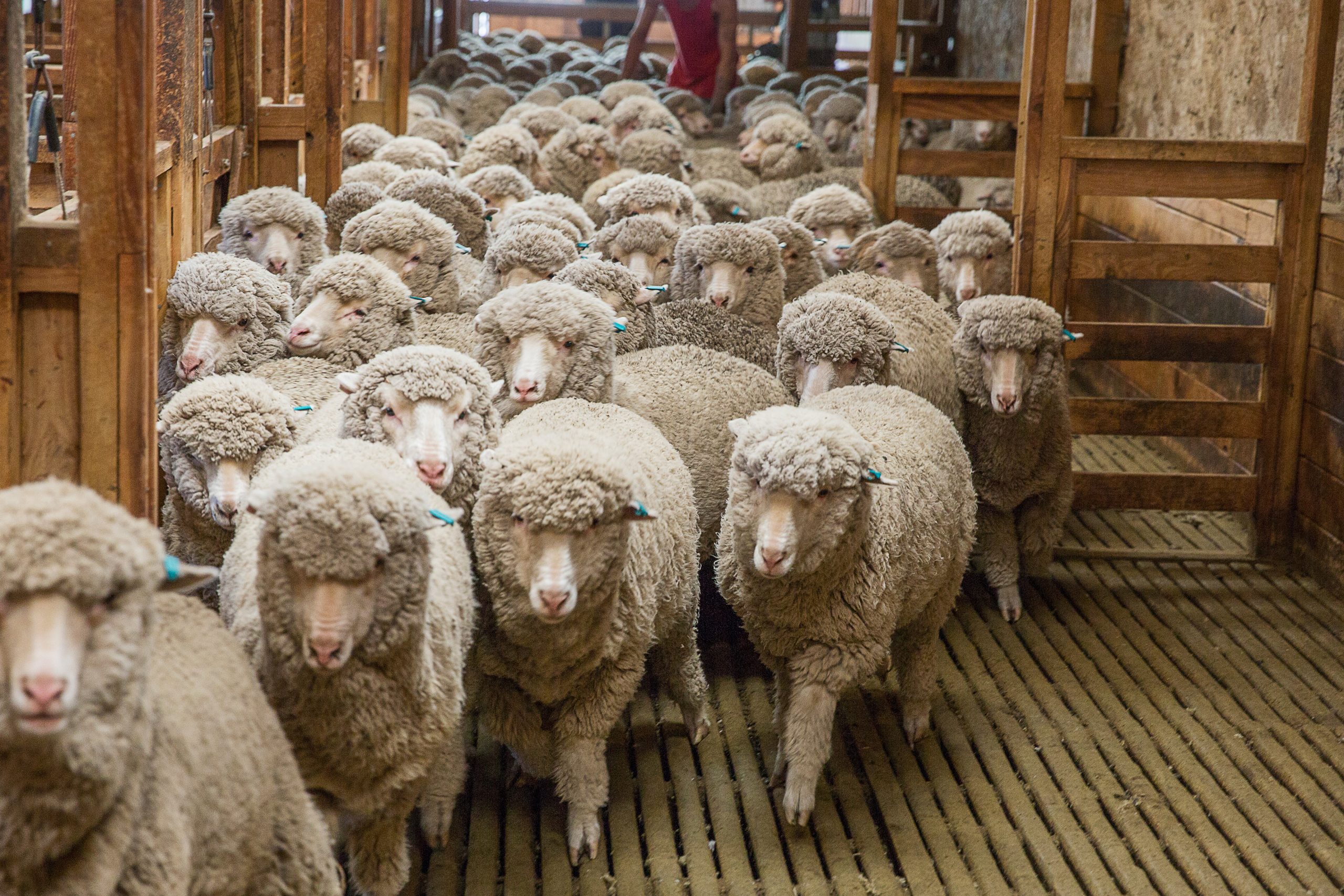
While care is taken to avoid shearing nicks and cuts, it’s not possible to completely prevent them. Thankfully, you can ensure animals don’t suffer as much as a result. Modern pain relief and wound care can easily be incorporated into good flock management practices. There are several products available now that can help reduce inflammation […]
READ MORE

Scabby Mouth: Prevention is Better than Cure
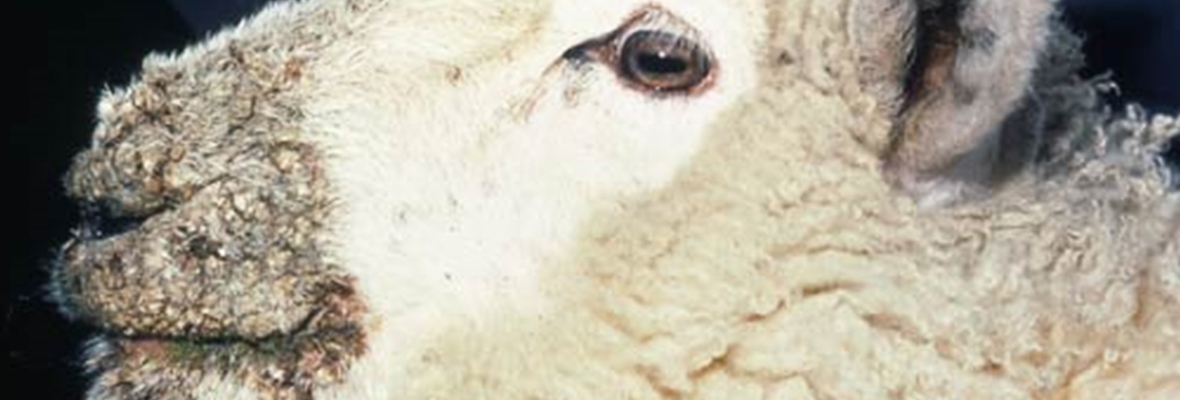
The old adage ‘prevention is better than cure’ rings very true when it comes to scabby mouth. Scabby mouth (or orf, contagious pustular dermatitis, contagious ecthyma) is a highly contagious poxvirus affecting sheep and goats, and it is also transmissible to humans and dogs. The virus can survive in the environment for over a year […]
READ MORE

Bull Semen Testing Under the Microscope
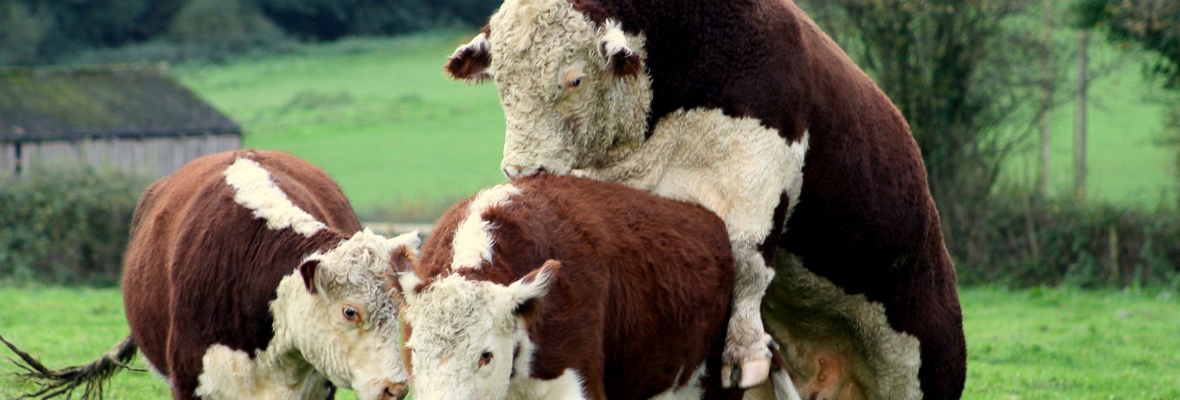
A critical component of cattle production is fertility as it is a driver of production cost and return on investment. Female fertility receives a large amount of attention, and it is enhanced by many different programmes, interventions and genetic selection. However, improving bull fertility is often largely ignored, despite it playing an important role in […]
READ MORE

Look out for Theileria
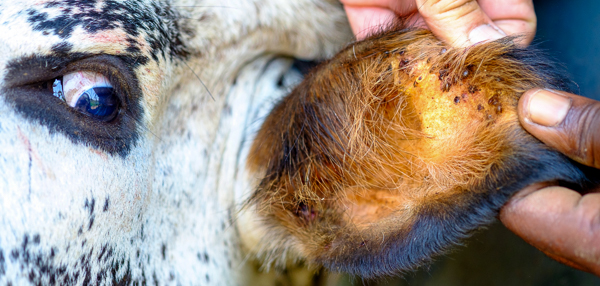
Theileria orientalis is a parasite which lives in the red blood cells of affected cattle after they have been bitten by a tick carrying the disease. It affects both beef and dairy cattle, and it can affect cattle of any age. Fortunately, there is no human health risk associated with the disease. Theileria has historically […]
READ MORE

Facial Eczema
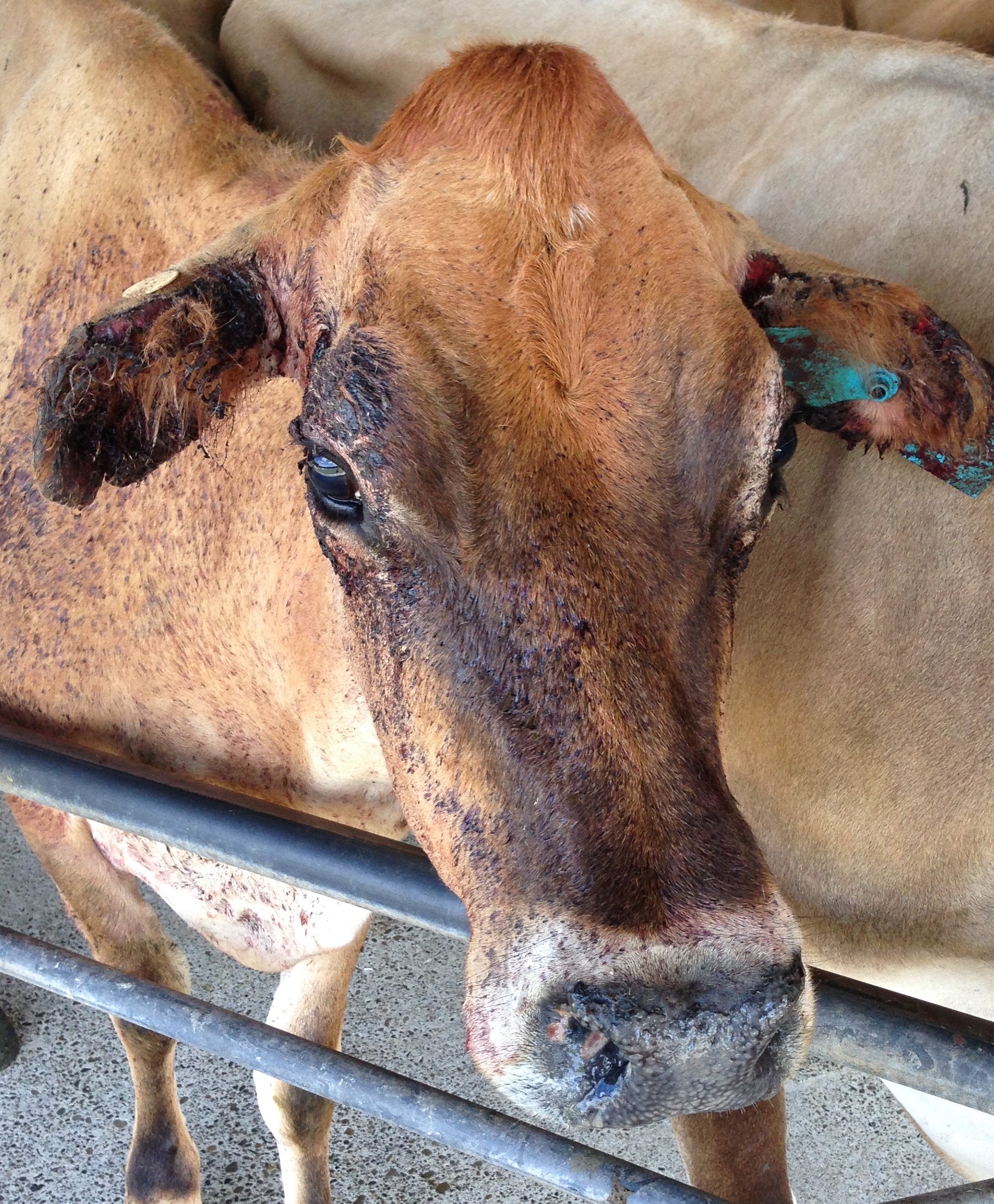
Facial eczema (FE) is caused by a fungus called Pithomyces chartarum that resides at the base of pasture in the dead litter. Moderate levels of moisture, warmth and sunlight trigger this fungus to produce spores, and when these spores are ingested, a toxin called sporidesmin is released and absorbed into the bloodstream. Due to the […]
READ MORE

Metabolic Disorders in Sheep

The biggest risk period for metabolic disorders in sheep is around lambing time. Problems often arise when body condition score targets haven’t been met and the nutritional needs of the ewe are not adequately met during pregnancy and early lactation. Below is a breakdown of the 3 main metabolic disorders in sheep that we see: […]
READ MORE

Clostridial Diseases in Cattle
Clostridial bacteria are widespread in the environment, both in the soil and water, and they commonly cause acute disease often followed by sudden death. In cattle the main clostridial diseases we see are: Tetanus Blackleg Malignant oedema Black disease Redwater Sudden death syndrome (C. sordellii) Diagnosis of clostridial disease can be tricky. This is generally […]
READ MORE

How to Protect Stock and Pasture after Drought
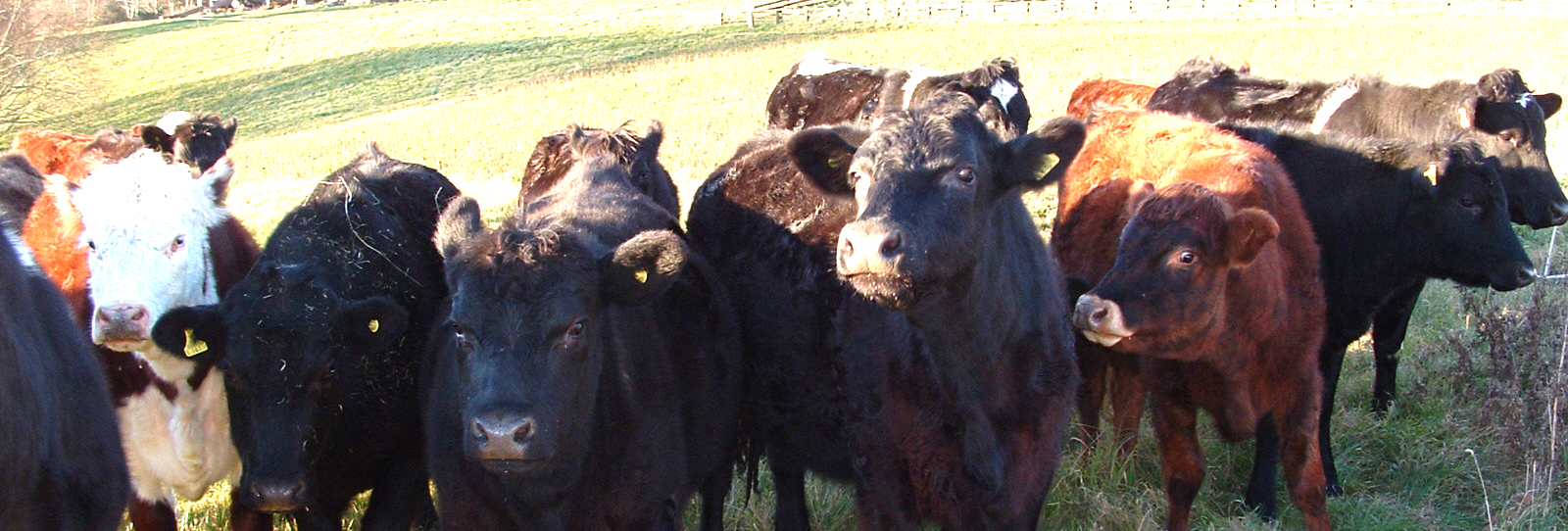
We are heading into a dry-looking March as I write this but, with a bit of luck, much-needed rain will have fallen by the time you read this latest copy of the Vetlife Rural Newsletter. Sooner or later it is going to rain, and there are a few health conditions that are worth considering when […]
READ MORE

Trace Element Monitoring
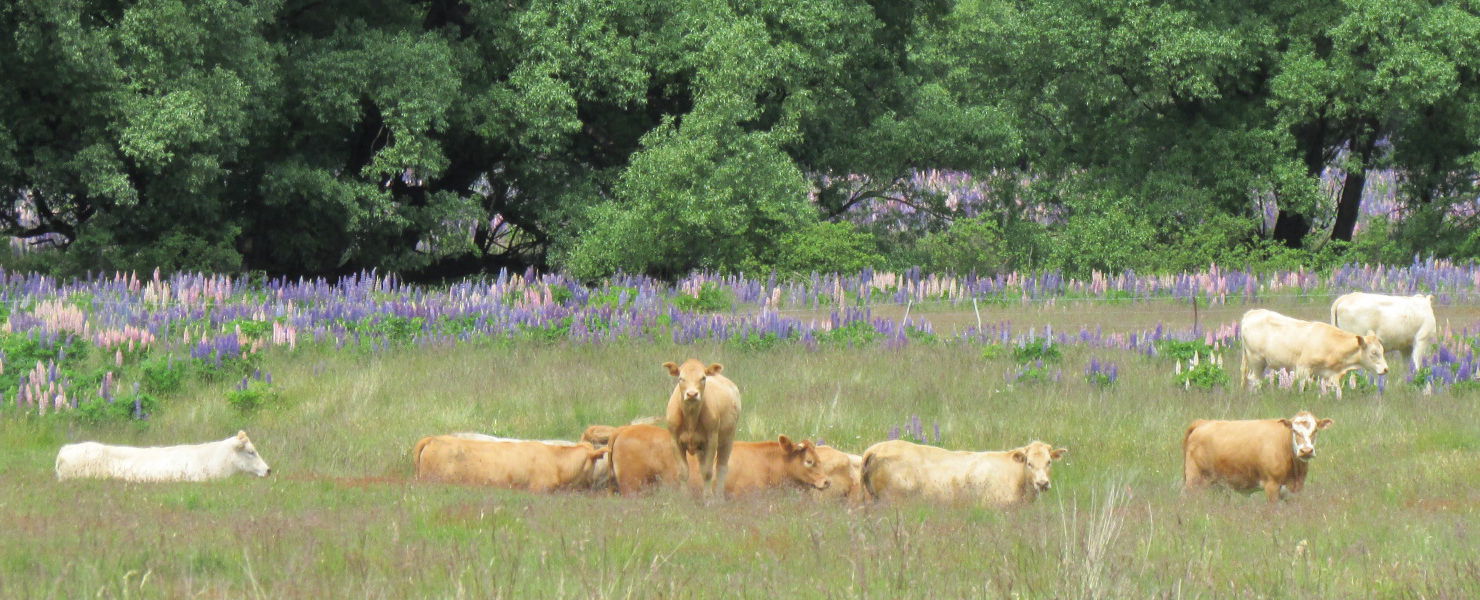
Monitoring trace elements in your livestock through liver biopsies and blood sampling, is the best way to assess your herd’s status, giving you critical information to help tailor your supplementation programmes. Some of the key trace elements worth monitoring in the autumn are copper and selenium. Copper: Copper is required for the function of enzymes […]
READ MORE

Get in touch with your local Vetlife Clinic today to discuss your animal’s health concerns.
With 18 clinics based throughout the South Island, we look forward to welcoming you into one of our Vetlife clinics.
FIND A CLINIC